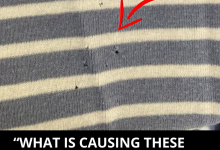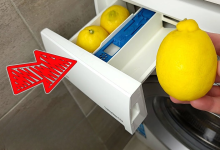Clean clothes, for example, may smell like the absence of undesirable scents. It could also smell like your favorite detergent, fabric softener, chlorine bleach, or any other scent you associate with cleanliness. The fragrances, however, are based on science.
Clean can mean anything from “unsoiled/unstained” to “pure and pollution-free.” Despite this, no mention of fragrance is made. Cosmetics and personal care goods, as well as candles, cleaning products, hand soaps, laundry products, and air fresheners, all contain the aroma.
The History of Scent
Over time, scents have become one of the main components of what we deem as “clean.” The history of using fragrances spans the centuries. Egyptians used perfumed balms as part of religious ceremonies, and myrrh and frankincense were used in many rituals. World explorations were launched to bring back robust scented plants that could be used for both medicine and pleasure.
When consumers used homemade lye soap to clean clothes long ago, they removed soil as well as odors from bodies and stains, and to add more scent, bundles of dried lavender were tucked into the trunks of clothing to make clothes smell better.

Interpreting a Clean Scent
The sense of smell is perhaps the most powerful of our five senses. A particular fragrance or odor can evoke memories and emotions that have long been tucked away. Research has shown that there is an anatomical basis for this.1 The sense of smell is directly plugged into the human limbic system of the brain, the region where emotions and memories also reside.
Fragrances contribute to feelings of happiness, relaxation, or stimulation, as well as feelings of irritation, depression, and apathy. We also associate qualities to scents; cinnamon reminds us of baking and “home.” That’s why certain fragrance memories make us interpret clothes as smelling “clean,” cosmetics as smelling “pretty,” and households as smelling “well-kept.”
The Cleanest Home Scents
For many of us, the smell of chlorine bleach or pine-scented disinfectant equates to a clean house. Scientists in research and development have zeroed in on scent clues that are used to teach consumers the “smell of clean.” The robust sales of scented cleaning and laundry products tell researchers that consumers are learning, and they believe that if their laundry and home smell a certain way, then they’re clean.

Marketing Clean Scents
A pleasant fragrance is usually of top importance in the consumer’s mind when purchasing cleaning products. Furthermore, consumers frequently cite that a pleasant fragrance makes the tasks of laundry and cleaning easier and more enjoyable.
Some companies that sell laundry detergents base nearly all of their advertising on the popularity of their fragrances. They’ve also embraced the use of essential oils for new scents blends such as lavender and chamomile, eucalyptus and mint, or orange and grapefruit. Detergent manufacturers continuously work on formulas for new or improved scents, as well as how to make them linger on fabrics, all in the name of cleanliness.








